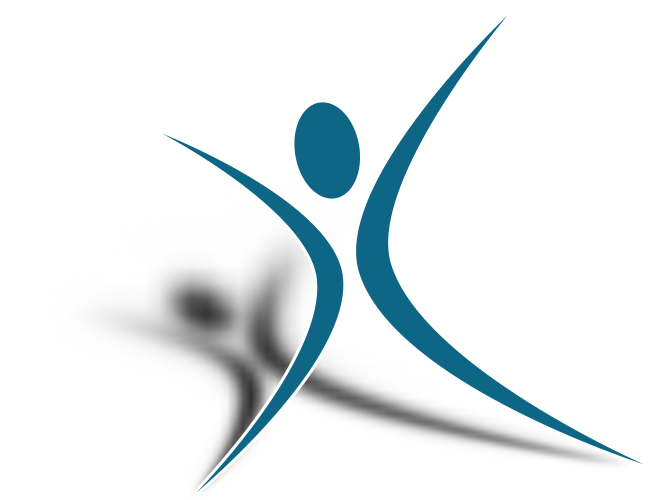Archive for November 2015
Vitamin D May Helps Women Build Muscle After Menopause.
According to a new report, vitamin D supplementation can significantly increase muscle strength and reduce the loss of body muscle mass in women years after menopause. Researchers found older women who received vitamin D supplements experienced a significant increase (+25.3%) in muscle strength, while those receiving a placebo lost an average of 6.8% of their muscle mass during the course of the multi-year study. The study also revealed that those who did not receive vitamin D supplements were nearly two times more likely to experience a fall. Dr. Wulf H. Utian, the Executive Director of The North American Menopause Society adds, “While this study is unlikely to decide the debate over Vitamin D, it provides further evidence to support the use of vitamin D supplements by postmenopausal women in an effort to reduce frailty and an increased risk of falling.”
The North American Menopause Society, September 2015
What’s Your Resting Heart Rate?
Even if you’re not an athlete, knowing your heart rate can help you keep tabs on your fitness level. A normal resting heart rate for adults ranges from 60 to 100 beats a minute. Generally, a lower heart rate at rest implies more efficient heart function and better cardiovascular fitness.
American Heart Association, October 2015
Manual Therapies for Cancer Radiation Patients?
Radiation therapy for neck and head cancers can often result in neck pain and loss of motion. A small study involving five participants suggests that the use of manual therapies, treatments commonly performed by doctors of chiropractic, can help reduce pain and improve mobility in this class of patients without adverse outcomes.
Clinical Otolaryngology, September 2015
Antibiotic-Resistant ‘Superbug’ an Emerging Threat.
Health officials from the Centers for Disease Control and Prevention (CDC) warn antibiotic-resistant bacteria are on the rise in some major American cities. CRE, or Carbapenem-resistant Enterobacteriaceae, are a class of common bacteria that have become resistant to some of the most widely used antibiotics. According to the CDC, experts have recorded higher-than-expected levels of this bacteria in Atlanta, Baltimore, and New York. Most CRE infections occur in hospitals, but officials from the CDC are worried that havoc could ensue if CRE starts to become transmitted outside of healthcare settings since enterobacteriaceae are so common.
Journal of the American Medical Association, October 2015
Early Chiropractic Care Prevents Chronic Pain
Research from 2000 and 2003 found that auto injury patients who got early treatment focused on mobilizing the injured area recovered faster and had fewer residual symptoms from the crash. Chiropractic does this: a chiropractic adjustment gets the joints in your spine moving the way they’re supposed to, helping to prevent chronic pain.
Effects Of Sciatica On Your Muscles
Patients who suffer from sciatica are at risk for developing muscle atrophy. A recent British study found that patients with sciatica had decreased muscle mass, also known as muscle atrophy.
Muscle atrophy occurs in people that have a restricted range of motion due to an injury or medical condition. Developing atrophy can further reduce muscle strength and mobility. In patients with low-back pain, weakened muscles can cause patients to compensate in other ways leading to further injury.
That’s why it’s important to seek treatment for sciatica before it worsens. Unlike medications, chiropractic treatment actually addresses the cause of sciatica – an injury or disc herniation pinching the sciatica nerve. Chiropractors adjust and realign the spine to reduce pressure on the sciatica nerve, and in doing so, significantly relieve the pain. Chiropractic treatment, along with strong core and back muscles, is a powerful way to recover and prevent sciatica.
Ploumis A, Michailidis N, Christodoulou P, Kalaitzoglou I, Gouvas G, Beris A. Ipsilateral atrophy of paraspinal and psoas muscle in unilateral back pain patients with monosegmental degenerative disc disease. British Journal of Radiology. November 2010.0: 58136533
Find 30-Minutes to Workout.
Finding the time and motivation to exercise 30 minutes a day can be difficult. However, if you can devise ways to make your routine interesting and enjoyable, you may wind up looking forward to exercising. The Academy of Nutrition of Dietetics recommends: planning three 10-minute mini-workouts per day, exercising as a family, using household chores to burn extra calories, and taking a walk with a co-worker during lunch or breaks.
Academy of Nutrition of Dietetics, October 2015
Migraine Sufferers Have Altered Muscle Performance.
A new study has found that individuals with chronic migraines exhibit altered neck muscle performance, take longer reach to maximum strength with some neck movements, and have higher co-activation of neck flexor muscles when bending forward at the neck. These findings add to the growing body of research that dysfunction in the neck may play some role in the presence, frequency, and intensity of migraine headaches.
Headache, September 2015
